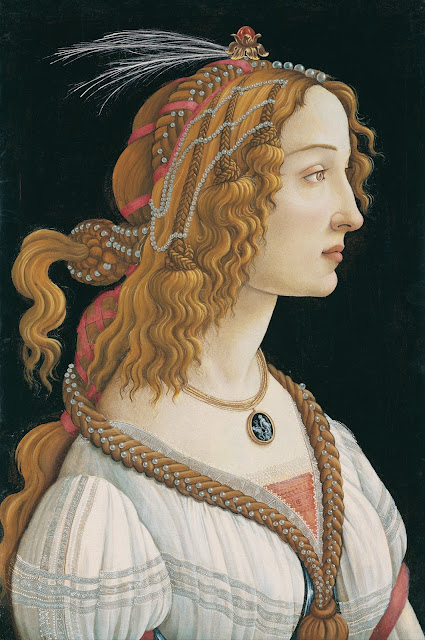 |
| "Sadness": ink drawing, collage. |
2GN2S ...
Sandro Botticelli: The Renaissance Artist Who Became the Master of Mythology Scenes
 |
| Self-portrait of Sandro Botticelli from his painting “Adoration of the Magi,” c. 1476 |
Few artists encapsulate the pristine beauty of Renaissance art as well as Sandro Botticelli. An artist from the Quattrocento, or Early Renaissance period, he represented the shift away from the Gothic style and toward classical ideals and naturalism.
Although Botticelli left behind a diverse portfolio of portraits and religious paintings, he is best remembered for his mythological scenes. Both Primavera and Birth of Venus, encapsulate the humanist ideologies of the era and highlight Botticelli's refined and rhythmic style.
 |
| Sandro Botticelli, “Birth of Venus,” c. 1484 |
Sandro Botticelli (c. 1445–1510) was a prominent Italian painter of the Quattrocento or Early Renaissance. Roughly seven years older than Leonardo da Vinci, he was one of the first artists of this era to depict humanist subject matter, such as scenes from classical mythology. Additionally, his many influential patrons, including members of the all-powerful Medici family, helped him produce an impressive oeuvre, including secular portraits and a range of religious paintings.
 |
| Sandro Botticelli, “Adoration of the Magi,” c. 1476 |
Originally from Florence, Botticelli was born Alessandro di Mariano di Vanni Filipepi to a local tanner and, later, gold-beater. Although the precise reason he was called Botticelli remains unclear, it is suggested in Vasari's Lives of the Artist that he adopted the name from a local goldsmith, under whom he apprenticed.
 |
| Sandro Botticelli, “Idealized Portrait of a Lady” (Portrait of Simonetta Vespucci as Nymph), c. 1480 |
By 1469, Botticelli operated his own studio and received numerous commissions for religious paintings, like Adoration of the Magi and St. Sebastian. He was even asked to decorate the newly completed Sistine Chapel, although most of this work is overshadowed by Michelangelo's painting of the ceiling.
 |
| Sandro Botticelli, “Primavera,” c. 1477–82 |
While Botticelli enjoyed significant success in his earlier work, it is his paintings from the 1480s that have left the greatest legacy. During this time, he created his two greatest masterpieces—Primavera (c. 1477–82) and Birth of Venus (c. 1484–6), which have become icons of the Italian Renaissance.
 |
| Sandro Botticelli, “Pallas and the Centaur,” c. 1482 |
 |
| Sandro Botticelli, “Mystical Nativity,” c. 1500–01 |
Botticelli's creative life suffered in later life. According to Vasari and other art historians, he became a follower of the extremist Dominican friar Girolamo Savonarola and consequently gave up art until Savonarola's execution in 1498. When he finally resumed painting, he created mostly religious works in an older, more Gothic style.
Although Botticelli's fame dwindled after the Renaissance, his work was rediscovered in the 19th century by Pre-Raphaelites who helped galvanize newfound appreciation for his balletic style. Since then, his paintings have enjoyed worldwide fame.
Update ...
Thanks for coming by today.













2 comments:
I can feel the sadness. The text looks like tears which are running down the face.
Wishing you a fine evening!
Thank you, Elenoe. This art work was done a few years ago, I just updated and change the coloring to suggest sadness.
I hope you have a great week ahead. ;o)
Post a Comment